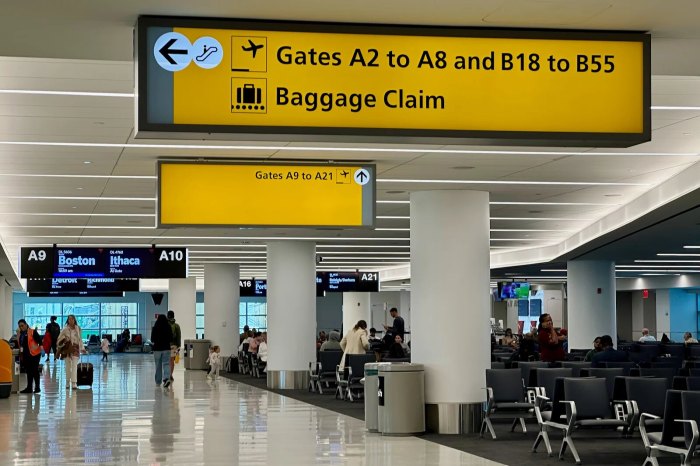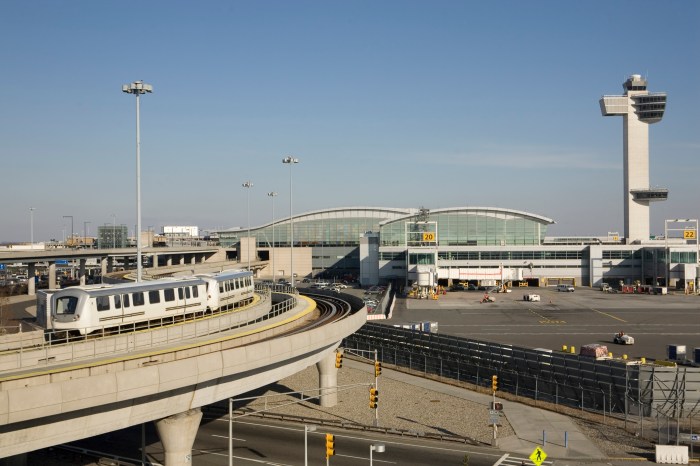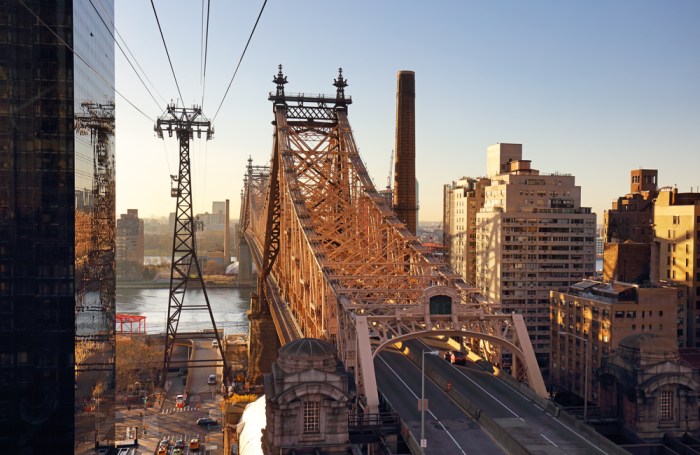By Mark Hallum
Amtrak’s chief executive officer has admitted to letting the whole region down when he revealed the tracks in Penn Station have been in need of repair for a prolonged period of time and were the cause of two recent derailments that disrupted LIRR travel in a transit calamity that played out across several states.
Last week LIRR, New Jersey Transit and Amtrak riders experienced extensive delays and cancelations, which reverberated beyond the scope of the city into New Jersey and the Northeast Corridor. Eight of the 21 tracks in Penn Station were shut down by a Jersey Transit derailment April 3. The tracks were not up and running again until last Friday, upending commutes for many passengers on the LIRR. It was the second derailment in the station within 10 days.
Minor derailments are not uncommon in Penn Station, but the latest occurred at a switching point where multiple tracks converge.
Ten to 14 LIRR trains were canceled as work continued.
“It’s our job to make sure that commuters and intercity passengers can safely and reliably travel along the Northeast Corridor and we know we let them down with these recent derailments,” CEO Wick Moorman said. “Our customers and partners deserve better.”
The April 3 derailment appears to have been caused by a wide gauge condition due to defective wood ties.”
At a news conference last week, Moorman admitted Amtrak had prior knowledge the ties were giving out.
“We had notations that these timbers needed to be replaced,” he said. “We clearly did not have the understanding that there was an imminent failure.”
State Comptroller Thomas DiNapoli stressed the effect Amtrak’s repair backlog has on Queens and those commuting through the borough on the LIRR.
“Commuters count on the Long Island Rail Road to get them to their jobs on time and back home again,” DiNapoli said. “While the LIRR reports that only a relatively small percentage of trains were late or canceled, too many commuters had a different experience. While on-time performance improved a bit in 2016, it slipped during the first quarter of 2017. Recent derailments at Penn Station have brought attention to the role played by Amtrak, which is responsible for properly maintaining Penn Station and the four East River tunnels that connect Manhattan to Long Island.”
U.S. Sen. Charles Schumer (D-N.Y.) responded to the incidents by calling for better investment in rail systems to prevent future derailments or other transit disasters. Not only does Amtrak face a state-of-good-repair backlog of $28 billion, but the MTA and New Jersey Transit may have similar issues in terms of regular maintenance, he said.
“Even the smallest of maintenance issues, left unchecked, can become the reason for the next big delay — or worse — disaster. For far too long, Amtrak has been tremendously undercapitalized to the point that they now have an over $28 billion state-of-good-repair backlog. In addition, transit systems across the region lack the necessary funding to make much-needed repairs. So, simply put, no matter how hard Amtrak or other rail systems work to prioritize safety, because of a lack of funding some projects and improvements are just not getting done.”
Investment in transit is not on the to-do list for many officials in Congress, Schumer said, but the need is paramount. Amtrak is operating on bridges well over a century old, such as the Hell Gate Bridge, which just reached its centennial. It is also using tunnels built in the early 20th century and signal systems dating to the 1930s.
“We learned this lesson in New York in the 1970s when we systematically disinvested in the MTA and the system broke down,” Schumer said. “We had delays, derailments, dirty trains and ridership fell to historic lows. But when we made the change and invested into the system, ridership went through the roof and maintenance vastly improved.”
Schumer cited an infrastructure report that said most of the Northeast Corridor infrastructure is beyond its useful life, the main cause of maintenance costs and unreliable train service.
“The average age of major NEC backlog projects is 111 years old, including 10 moveable bridges, three sets of tunnels, and one viaduct,” the study said. “Upgrades and repairs to basic infrastructure items like signals, power systems, and tracks, as well as service improvement projects to add capacity, are needed to meet growth in the northeastern economy and related travel demand.”
In a letter to Moorman and the Federal Railroad Administration, the governors of New York and New Jersey pointed out their states had not been invited to a review of Amtrak’s repair and maintenance procedures and asked to be included.
Reach reporter Mark Hallum by e-mail at mhall



































